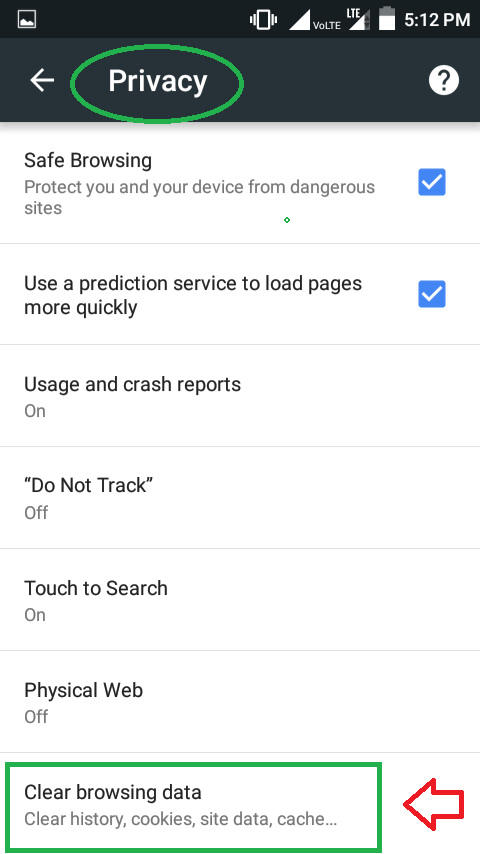

Google was contacted for comment on the sanction. The Court has also ordered Google to ensure its policies include a commitment to compliance, and requirements that it train certain staff about the country’s Consumer Law, as well as to pay a contribution to the ACCC’s costs. (These are not as painful as they might have been if the infringements had occurred more recently: The ACCC notes that the majority of the sanctioned conduct occurred prior to September 2018 which is before the maximum penalty for breaches of the Consumer Law was substantially increased - from $1.1 million per breach to - since then - the higher of $10 million, 3x the value of any benefit obtained or, if the value cannot be determined, 10% of turnover.) But, in the event, it decided to take the lumps.

Per the ACCC, Google took steps to correct the contravening conduct by 20 December 2018, meaning consumers in the country were no longer shown the misleading screens.Īt the time of the court ruling last year, Google said it disagreed with the findings and that it was considering an appeal. “Personal location data is sensitive and important to some consumers, and some of the users who saw the representations may have made different choices about the collection, storage and use of their location data if the misleading representations had not been made by Google,” she added. “Google, one of the world’s largest companies, was able to keep the location data collected through the ‘Web & App Activity’ setting and that retained data could be used by Google to target ads to some consumers, even if those consumers had the ‘Location History’ setting turned off.” (Actually Google deployed nested dark patterns, plural, as we detail below.) In actuality, another setting - called ‘Web & App Activity’ - also enabled Google to grab Android users’ location data and this was turned on by default, as the ACCC noted in a press release today. In April 2021 the court found Google had breached Australia’s Consumer Law when it represented to some Android users that the “Location History” setting was the only Google account setting affecting whether it collected, kept and used personally identifiable data about their location. Similarly, you can Add other Websites that you want to store cookies and site data on your computer.Google has been sanctioned A$60 million (around $40 million+) in Australia over Android settings it had applied, dating back around five years, which were found - in a 2021 court ruling - to have mislead consumers about its location data collection.Īustralia’s Competition & Consumer Commission (ACCC) instigated proceedings against Google and its Australia subsidiary back in October 2019, going on to take the tech giant to court for making misleading representations to consumers about the collection and use of their personal location data on Android phones, between January 2017 and December 2018. On the pop-up, type the Address of the Website that you want to add and click on the ADD button. On the next screen, scroll down and click on the ADD button, located next to “Allow”.ĥ.

Open Chrome Browser > Click on 3-dots Menu icon and select Settings in the drop-down menu.Ĥ. Luckily, it is possible to prevent Chrome browser from deleting cookies and site data for your favourite websites by adding them as “Allowed” websites under “Cookies & Site Data” section of the browser.ġ. Since, most websites use Cookies and Cached Data to enhance browsing experience, you may want to allow certain websites to store Cookies in Chrome.Īlso, with Chrome deleting browsing history on exit, you won’t be able to go back to a product page or an interesting article that you had seen on your favourite website. Setting up Google Chrome to Automatically Delete Browsing History on Exit not only deletes browsing history, but it will also delete cookies and Cached data for websites. Allow Your Favourite Web Sites to Store Cookies If you do not want any items in browsing history, you will have to clear your past Chrome browsing history separately. Note: Above steps will not delete your past browsing history. On the next screen, enable Clear cookies and site data when you quit Chrome option by moving the toggle to ON position.Īfter this, you will find Chrome browser automatically deleting your browsing history, cookies and other site data, as soon as you finish your browsing session and quit Chrome. Next, click on Cookies & site data option, located under ‘Additional Permissions’ section.Ĥ. In the right-pane, scroll down and click on Site Settings option.ģ. On Settings screen, select Privacy & Security tab in the left-pane.
#How to delete history on google chrome android yahoo mac
Open Google Chrome Browser on your Mac or Windows Computer > Click on the 3-dots menu icon and select Settings in the drop-down menu.Ģ.


 0 kommentar(er)
0 kommentar(er)
